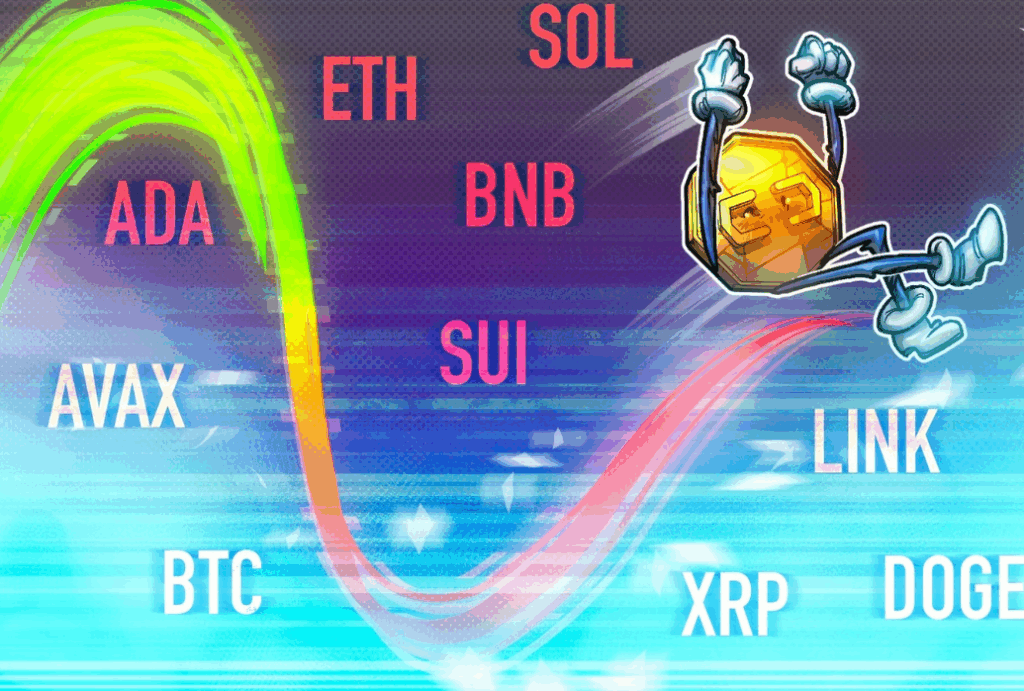
As the weekend approaches, market watchers are closely monitoring ETH, XRP, and AVAX this weekend, anticipating potential price swings. All three cryptocurrencies are showing signs of heightened volatility amid reduced trading volume and mixed sentiment in the broader market. Understanding key technical levels and market triggers will be essential for investors looking to avoid costly decisions.
ETH: Key Support Level in Sight
Ethereum (ETH) is hovering near a crucial support zone at around $3,300. A continued sell-off could push it down to $3,100 or lower. While the RSI remains neutral, weakening volume signals a lack of aggressive buying interest. However, network activity on Ethereum remains strong, hinting at a possible bounce if macro sentiment improves.
XRP: Positive Momentum, But Risk of Pullback
XRP has seen moderate gains over the past week, buoyed by optimism surrounding Ripple’s ongoing legal battle. Still, ETH, XRP, and AVAX this weekend face pressure from a market that could shift quickly. XRP is currently testing resistance near $0.50. Failure to break through may lead to a dip toward the $0.46 support zone.
AVAX: Sharp Moves with a Bullish Potential
Avalanche (AVAX) has been one of the most volatile assets this week. After a brief surge above $30, the token retraced to the $27 range. AVAX continues to attract active traders thanks to its strong liquidity even amid declining market volume. A breakout above $32 remains possible if bullish sentiment persists.
Weekends in Crypto Are Never Predictable
The crypto market is known for weekend volatility, driven largely by reduced institutional activity and more retail-driven momentum. This makes ETH, XRP, and AVAX this weekend particularly prone to unpredictable movements. Sudden news or investor actions could lead to rapid price swings.
Final Thoughts
If you’re holding or trading ETH, XRP, or AVAX, proceed with caution this weekend. Technical patterns and weakening volume signal the potential for both sharp gains and quick corrections. Keeping an eye on key levels, using stop-losses, and avoiding impulsive trades could make the difference in such an uncertain environment.